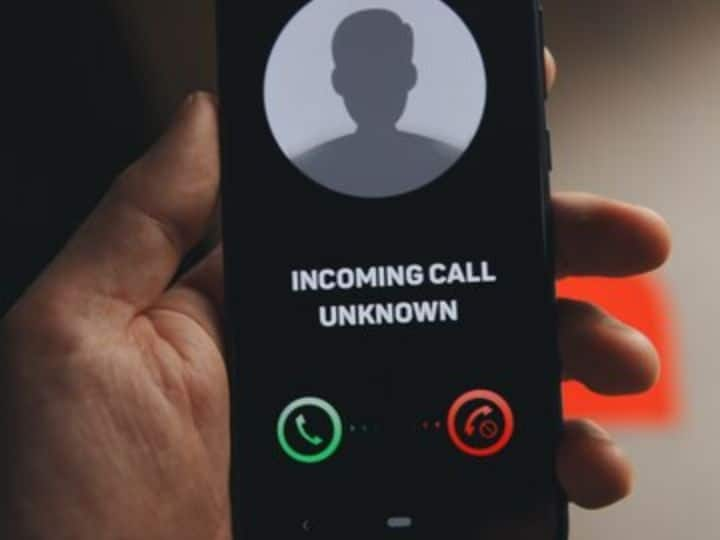Call Forwarding Scam: Call forwarding scams have been on the rise for some time now. Users are being very cautious about this scam, but scammers are still finding other ways to trick the victims. Scammers are using fake caller ID in call forwarding scam. They are making calls posing as mobile network operators. They are also pretending to call from some government office. This scam has become so dangerous that even Truecaller in one of his blog posts talking about this scam has given methods of rescue. Let us know what advice was given in Truecaller.
How does the scam work?
Under call forwarding scam, scammers will call you and pretend to be your mobile network operator or internet service provider. They will tell you that your account has been hacked or that there is a problem with your SIM card. They will then tell you that they have a quick solution for this and ask you to dial a number starting with 401 from your phone. With this, your call will be forwarded to a number present with them. They will then try to log in to your other accounts, such as messaging apps or bank accounts.
Scammers turn on 2FA
Once access is gained, the scammers set up 2-factor authentication (2FA) on your account. With this, you face trouble in getting access to your account again. Even if you get access again, then the account is empty.
How to stay safe?
- Truecaller has told in its blog post that always check the number on Truecaller and make sure that your app is updated.
- If someone asks you to dial a code or send an SMS from your phone, be very careful and don’t do so unless you are absolutely sure it is legit.
- Report any strange activity to the police and service provider. If you believe you have been targeted by a scammer, contact your mobile network operator and local police department.
- If you have been scammed in any way, contact your mobile operator immediately and learn how to stop call forwarding.
Read this also – Now this AI will instantly tell what is going on in your mind, read the shocking report


 News Reels
News Reels

